Atypical Dengue Presentation Timely intervention and team effort save lives
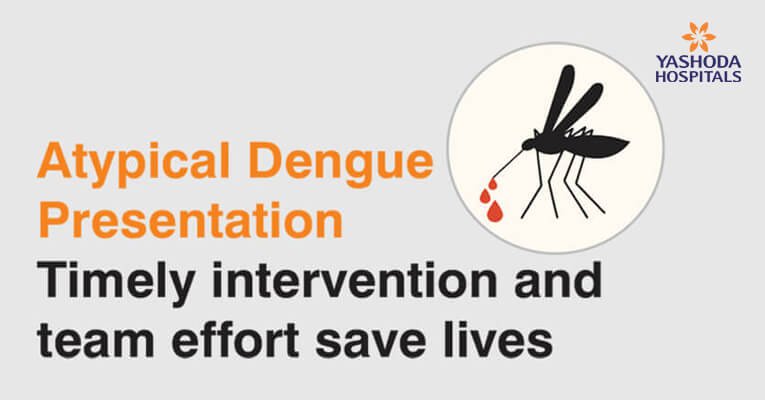
Dengue is a common tropical disease during rainy season in India. Some uncommon experiences which we have encountered in our PICU are here.
A 4-years-old male child presented with high fever, increasing respiratory distress for 1 day, 1 episode of haemoptysis, dengue NS1 was positive. At admission, child was conscious but was tachypneic with respiratory distress and cool peripheries. USG screening done in ER showed collapsed IVC and poor cardiac contractility. Child was intubated in view of pulmonary edema and cardiac failure, started on adrenaline, nor adrenaline and dobutamine initially. Formal 2D Echo done showed global hypokinesia with severe LV dysfunction with EF of 25%. CPK-MB and Troponin 1done were elevated.
Levosimendan was started for 24 hours. Shock improved, daily LV function was assessed, after 3 days, contractility and EF improved, inotropes were gradually tapered and stopped and child was weaned off ventilation after 7 days. Due to severe dengue, he had oliguria and increasing azotemia. Peritoneal dialysis was commenced on the 2nd day of admission, regular PD cycling continued with serial monitoring of RFT, hyperkalemia was treated accordingly. PD was continued for 10 days and in view of probability of long term dialysis, Tenckhoff catheter was placed and started on CAPD. Gradually RFT started with improving trends, urine output improved and the child was discharged after 4 cycles of CAPD. On follow up he was improving.
A 10-years-old male child presented with high fever for 2 days associated with vomiting and loose motions, 1 episode of seizure at native place started with loose stools during the transport. At admission, child was unresponsive, poor GCS (E1V1M2) and was in shock. Child was hence intubated, resuscitated with IV fluids and started on anti-epileptics, inotropic support. Investigations done showed dengue NS1 positive. MRI showed thalamic edema and hemorrhage.EEG showed PLEDS.
ICP was managed with hypertonic saline bolus and infusion. Bedside echo showed moderate LV dysfunction, hence Levosimendan was given for 24hours. Gradually his EF & peripheral perfusion improved, inotropes were gradually tapered and stopped. With improvement in sensorium, mechanical ventilation was weaned with alternate CPAP, SIMV and T-piece trial was given and was then extubated.
Child had spastic quadriparesis(UL>LL) with motor aphasia secondary to the brain injury. Gradually his sensorium improved with mild improvement in the orientation and the oral intake, child was discharged and on follow up neurological deficits were improving.
A 7-years-old boy presented with fever for 1.5 days, abdominal pain for 2 days, difficulty in breathing for 1 day. On examination, cold peripheries present with feeble pulses, b/l crepts positive, investigation showed severe hemoconcentration, thrombocytopenia and dengue NS1 positive with severe metabolic acidosis. Child received fluid boluses, 2D Echo done showed c o l l aps ed IVC, po o r c a rdi a c contractility and Rt pleural effusion. Inotropes adrenaline and Dobutamine were started. Levosimendan was added and given for 24hours. NIV was initiated in view of cardiac failure and respiratory distress. Over next 48 hours, his perfusion improved and gradually inotropes tapered. NIV was slowly weaned to nasal prongs oxygen and diuresis initiated once hemodynamic stability achieved. Hemogram, cardiac contractility improved during the course and hence discharged on Day 6.
The mechanisms that lead to severe life-threatening manifestations of dengue viral infection are not completely understood. A number of hypotheses have been proposed, namely, viral load and virulence, complement activation, transient autoimmunity, host factors, neutralizing and nonneutralizing antibodies, T-cell response, and soluble mediators etc., but pathogenesis is likely to be multi-factorial. But there are other few hypotheses which are very rare such as direct viral invasion to the cell and organ system leading to very serious manifestations of dengue namely encephalitis, myocarditis, hepatitis, AKI, ARDS, etc.
Dengue myocarditis has significant mortality which ranges from 20-40%. The dengue virus is considered to be nonneurotropic. But it was demonstrated that the blood brain barrier (BBB) is damaged during infection by the dengue virus in experimental animals, indicating viral invasion. Dengue associated encephalopathy is generally very rare and serious complication, with mortality of around 50%. High index of suspicion, timely interventions and individualized treatment options are the cornerstones for the survival of most critical cases in any atypical presentation.

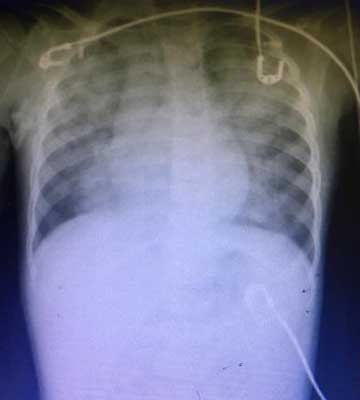
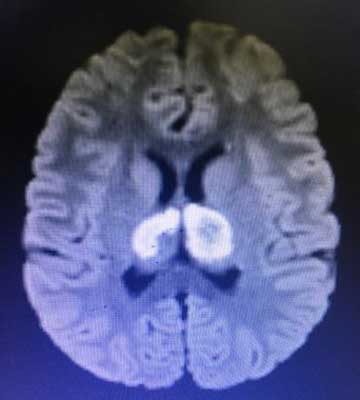
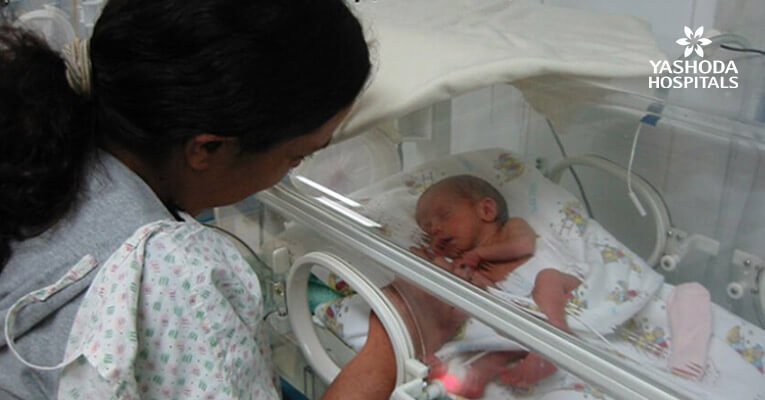
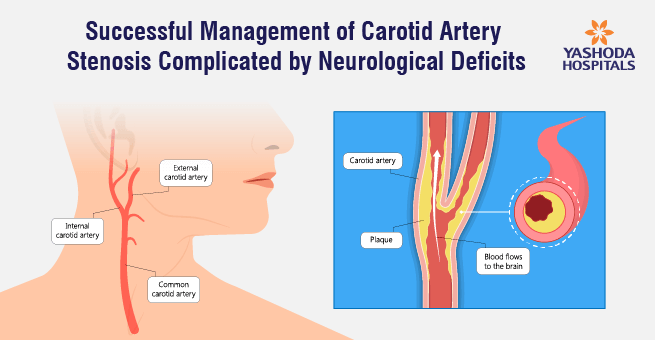
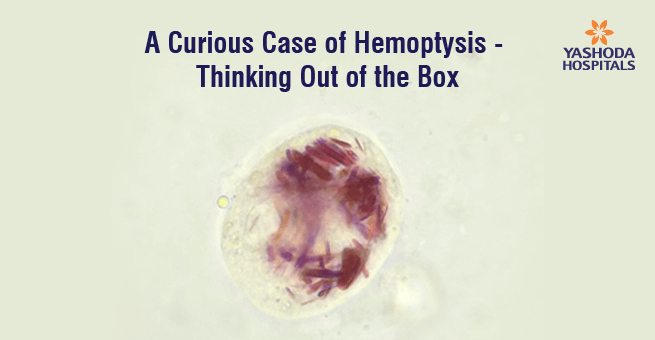
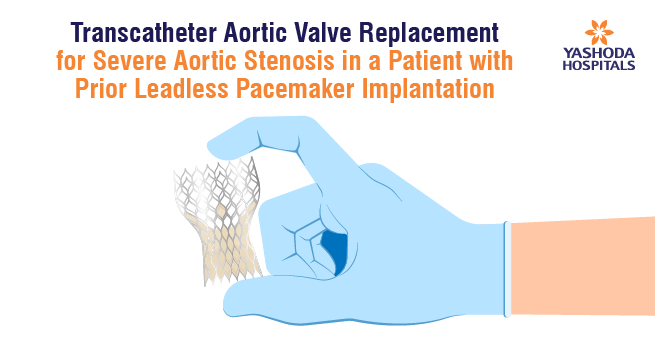
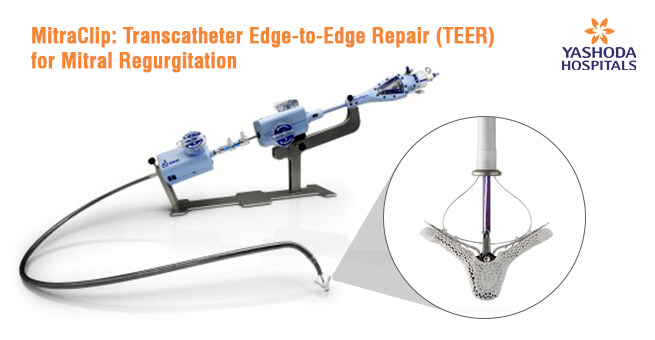
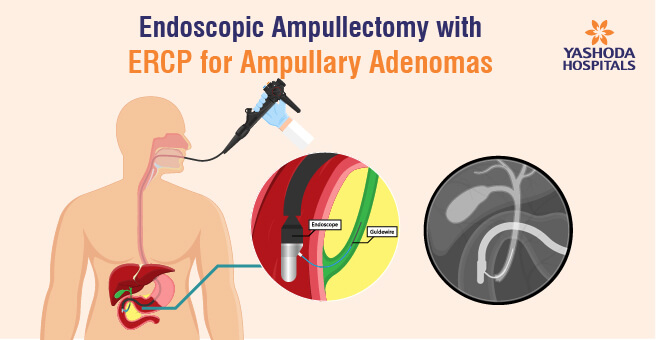
 Appointment
Appointment WhatsApp
WhatsApp Call
Call More
More

